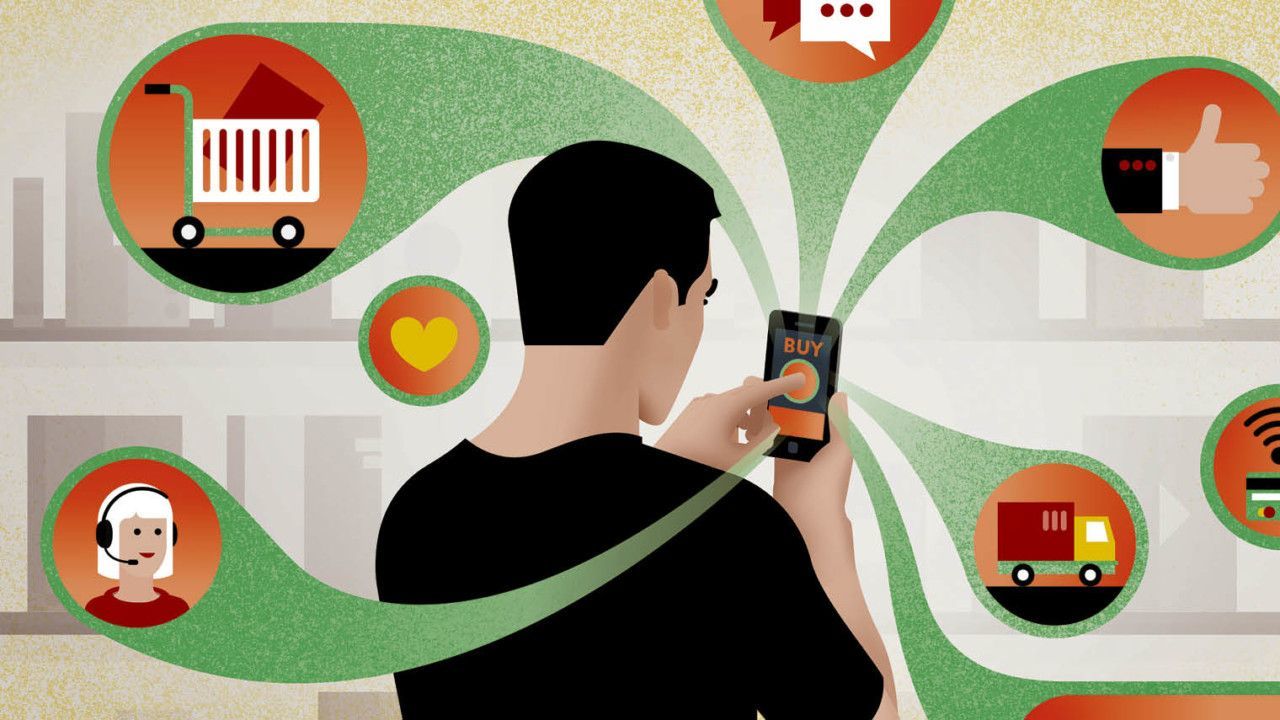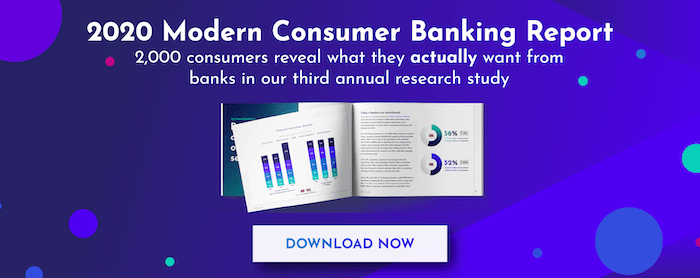In the past, a bank's competitive edge came from product, price, and branch network size. Often, the institutions with large branch numbers took the lion’s share of the market through pure locality and convenience.
Today, the main competitive advantage goes to the bank providing the best customer experience.
The role of the branch
Although online banking has become the primary channel for customers to conduct their day-to-day finances, research by
- 77% of adults in the USA prefer in-branch conversations when needing advice or making big decisions.
- 93% of millennials prefer some matters to
be handled in person.
The retail banking experience must combine traditional elements, like relationship and rapport, with new emphases on simplicity, convenience, and speed.
Today's consumers still have some contact with the branch, considering they still need to go into the bank when buying a new product such as a loan, mortgage, or credit card. For banks, this means that in-branch customer service must be seamless, as fewer face-to-face interactions means customers are more aware of the service they receive when they
Yet branch banking is failing
This has cleared the way for a new wave of hungry, non-traditional competitors such as

Technology predators on the horizon
Tech giants including Google, Amazon and Facebook have become integral to our daily lives by making all interactions simple, efficient, and convenient. With traditional banks falling so far behind in their ability to use technology to improve the customer experience, these tech giants are closing in with plans to apply their expert knowledge to the financial industry.
Amazon has already successfully invaded various industries, specifically retail, music, books, television, and grocery. Now, Amazon
60% of banking and insurance customers globally have said they would consider switching their accounts to Google, Amazon, or Facebook if the tech giants offered financial services, according to a new survey. This percentage was even higher for younger customers aged between 18 to 34, as 73% said they would try a tech firm’s credit card, deposit account, investment, or mortgage.
Gerard
“They’re saying if you come up with an experience as simple and easy as my shopping experience is with Amazon, I’m ready to do that now. We’ve seen this happen already in China, where it’s common for people to do many of their banking activities through
There’s hope for banks
The biggest weapon in the traditional banks’ arsenal is the branch. Contrary to belief, “consumers continue to see the value of branches for the ‘human factor,’” says Adrian
Although 24% of consumers say they would consider a branchless bank, nearly 90% of customers believe they will continue to use their branches, and an increasing number of consumers believe that the branch is the single most important channel.
Just as the rise of innovative technology has intimidated the branch in the past few years, it also carries the key to their future success.
If banks can implement the right solutions, they can ensure that their branches are
Before the potential invasion of the tech giants, banks must start investing in the customer experience and technology that will help them compete.
3 ways to supercharge your branches in 2019:
1. Experience
Drawing people in
Banks can do the same by offering their customers an inviting space to conduct their personal banking, get personalized advice from an expert at a time that suits them, or attend an informative event on how to manage finances.
An example of this is Capital One's recent venture, Capital One Cafés, which aims to market to millennials and bridge the gap between customer and branch. At the
2. Convenience

Recent years have seen many banks closing branches in a push to move services online, save money, and modernize the customer experience. Although this has proven convenient for simple transactions
Metro Bank has defied this trend by taking banking to a new level of customer convenience, with branches open seven days a week and speedy service to suit the busy lifestyles of their customers.
3. Insights
The in-branch customer experience is becoming a key
Research by Capgemini
A great example of a bank that has successfully leveraged data to build a better customer relationship is Zions Bank, based in the US. Zions Bank
In an interview with American Banker, Senior Vice President Juan Carlos Judd explains how data analytics helps “the bank identify Hispanic consumers within its geographic footprint and see their education levels, home ownership, affluence and other factors. The bank then breaks the segment down into groups and identifies financial needs for each.”
Based on these segmentation insights, Zions Bank has strengthened their customer relationships and have grown their Hispanic customer base 10-15% in the past few years.
To learn more, check out our free Modern Banking research that surveyed 2000 consumers and outlines what they want from banks.




